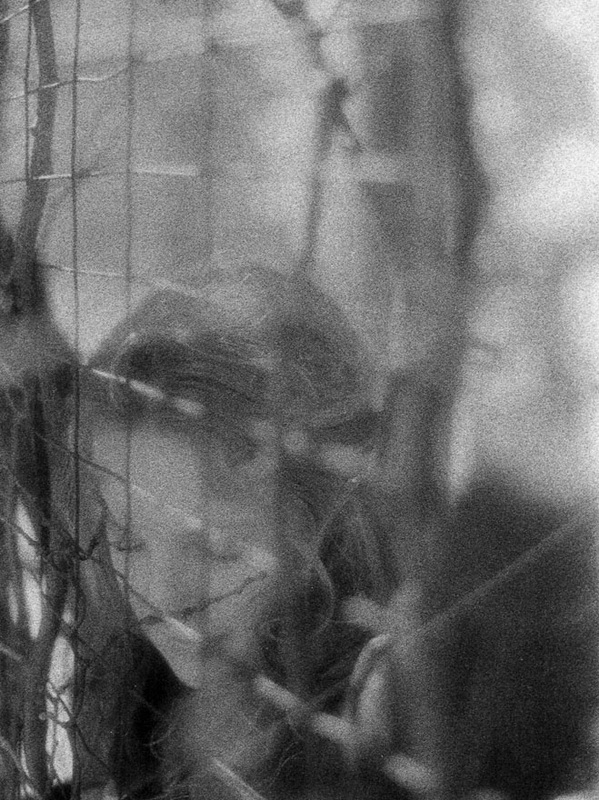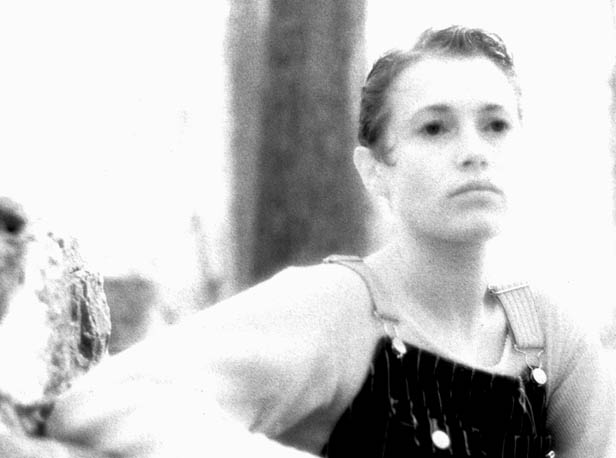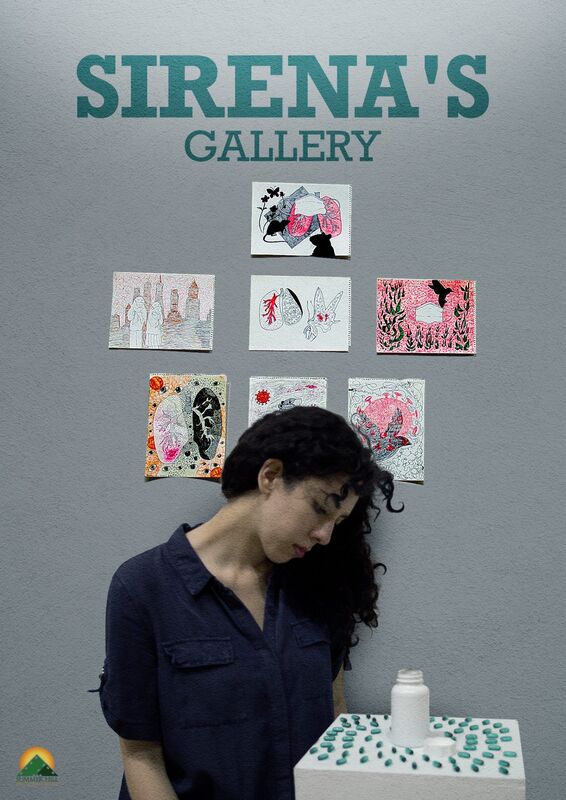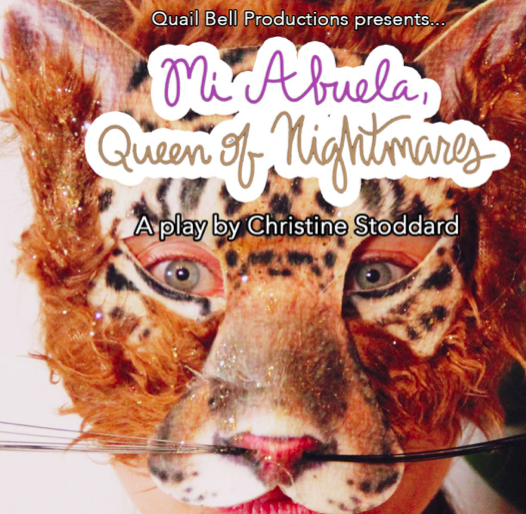|
The Breadcrumbs widget will appear here on the published site.
An Obvious Progression I can remember it as though it were just a few months ago. There I was in Richmond, Virginia's Canal Club getting ready to screen my first film to over 200 people at the now legendary program known as Flicker in 2003. I had been encouraged by Flicker host James Parrish to shoot a short film. I had been a photographer since the 80's, but not until then did I ever think of tackling the concept of the “moving image." I had edited together a short film that ran nearly nine minutes long. Shot on good old-fashioned Super 8 film on an old Kodak Instamatic M12 from 1967. It was an experiment. The results I got kind of bored me, so I decided to do an old exercise we used to do in first year photography class. This was manipulating the film emulsion with chemicals. My chemical of choice? Bleach water. I mixed some up in an empty bottle of hairspray. Then I stretched the Super 8 footage I had shot across a lightbox. I sprayed the bleach water on the emulsion side and watched the action happen. The images broke down within seconds. When I wanted to stop the process I simply wiped the film dry. Next, while the film was still wet, I stained the emulsion with iodine. I had no idea what the result was going to be but when I threaded that film into the projector to watch the results I was delightfully surprised. I saw the images that I had recorded and dismissed as boring take on a new life. The images were now gloriously deteriorated with an upside-down red rain effect going through them. All praise happy accidents. That film I titled, Emotional Juxtaposition. The night of the screening, I was petrified and sweating bullets until I heard the applause. People approached me after the program wanting to know how I did it. I had found a new medium to express myself. That was ten years ago. I am now planning my ninth film. Basic composition is taught in first year photography, but I had a good eye for a photograph since I was quite young. I remember when my parents gave me my first camera. It was Christmas 1979. It was an old Kodak 110 camera, but I took some really impressive photos with it. How to compose a photograph was a natural talent. After high school, I invested in a high end 35mm camera and bought a nice tripod (which I still use ) and a camera bag. I was ready to start my photography classes in college. Being a color blind person, I had a handicap from the beginning. I struggled with color balancing. Magenta-green was where my weakness was. I always preferred to shoot in black and white . I loved working in infrared. The high contrast and the ethereal look of infrared is something I miss. Now it's just a filter effect in Photoshop. But nothing is like processing your own film and making contact sheets of the results. Digital photography has taken the fun out of it. I went on to go to graphic design school at the University of North Carolina in Greensboro. There I continued my photography. I got published a few times and won some awards. Sadly, I made a decision after college to go into the printing business. It was a tough time. I worked constantly and rarely had any time off. By 1999, I was burnt out and hadn't shot anything in a number of years. I didn't realize it at the time, but looking back on it now, I knew that at that time I wasn't artistically expressing myself. I was off my game. Jumping into anything to make a buck and was quite “off course" in my life. September of '99, I left Greensboro and moved to Richmond. I tried to press the restart. Once again I found myself adrift in Richmond, again working for printing companies, some of them fly by night operations. After a couple of years, I tried my hand as an independent contractor shooting commercial photography for real estate companies. I was very unhappy because I found myself isolated by being on the road so much. The pay wasn't good, either. Then one day I decided to go to the Black Maria Film Festival at the Virginia Museum of Fine Arts. There a met Michael Jones and James Parrish of the Richmond Moving Image Co-op (later to become the James River Film Society). I didn't know it at the time, but meeting those two men would in turn change my life for the better. I later became a volunteer with their annual film festival, the James River Film Festival, and Parrish's program, Flicker. Although still struggling with employment, I found a community that I felt at home with. These two men encouraged me to graduate into the moving image for artistic expression. "Behind The Vines," 1994. Filtered infrared 35mm. From Emotional Juxtaposition, I decided to continue in Super 8 and bought an old Bell and Howell Director Series camera from 1971 off of eBay. The thing was old but was in great shape, no lens fungus. I went on to make my second film, Roadside Memorial. Again I used my emulsion manipulation technique. I debuted it once again at Flicker in the Fall of 2004, this time at Plant Zero. In 2005, two things happened. I came to realize my time in the printing business was over. I drifted once again from job to job until I could find something that would not dominate my life and open up free time for additional filmmaking. Through my many years in the printing business, I had developed a nervous tick. I glanced at my watch pretty consistently. This came from my obsession with seeing how much I could get done in a certain amount of time. I started writing a treatment for an experimental film about a woman obsessed with the passage of time to the point of mental illness. This would eventually become the second film in a trilogy called, Open Space--the first film I shot on all Super 8 as a rough idea, or a thumbnail sketch of what I wanted the Open Space Trilogy to become. That film would later debut at Flicker in 2006. I brought on a music composer to do the score. The score became a prime element in the first film. I knew that I had to move to digital video in order to truly capture the science fiction element in the Open Space Trilogy. What was done as hand applied special effects in the first Open Space film would be done in CGI in the second. The trilogy was about four characters and their interaction with a puncture in the space-time continuum. I was blending a sci-fi element into a series in which I exorcised my own demons. The first film was about isolation. The second about time obsession. The third about domestic abuse. The first two topics were about elements that were in the core of my personality. The third was my reaction to a scene I saw on the street several years ago—an abstract social commentary. After the Open Space Trilogy, I shot a series of music videos and founded my own production co-op called Warped Theory Productions. My goal was to produce experimental films and music videos under that moniker. Names and faces have changed in the Warped Theory family over the years, but I'm appreciative to everyone who has ever worked with me. I could not have done it without them. During this period, I started climbing the ranks at the James River Film Society and, by 2009 I had my own program. That program was and remains the James River Filmmakers Forum, a place where local and visiting filmmakers can screen and discuss their work in front of an audience. The Forum will celebrate its fifth anniversary in February 2014. I can't believe it's been five years. Because of my experiences, I want to challenge everyone who struggles with artistic creativity. Find your vision and find your medium and make time in your life for it. Never put your grand ideas on the back burner. Time will flash by quicker as you grow older. A creative mind needs to express itself or you will drift like I did for all of those years. I will never get those years back. But I can make the most of the ones I have left. I also challenge every photographer out there to experiment with the moving image. It can be done so easily these days and at little cost. If you know how to compose an image for a photograph, then that is the first step in developing your own skills in cinematography. Make it happen and then screen it to the public. You might be delightfully surprised with the results. Portrait dancer/choreographer Jennifer Tarrazi-Scully, 1995. Unfiltered infrared 35mm .
CommentsComments are closed.
|
|









